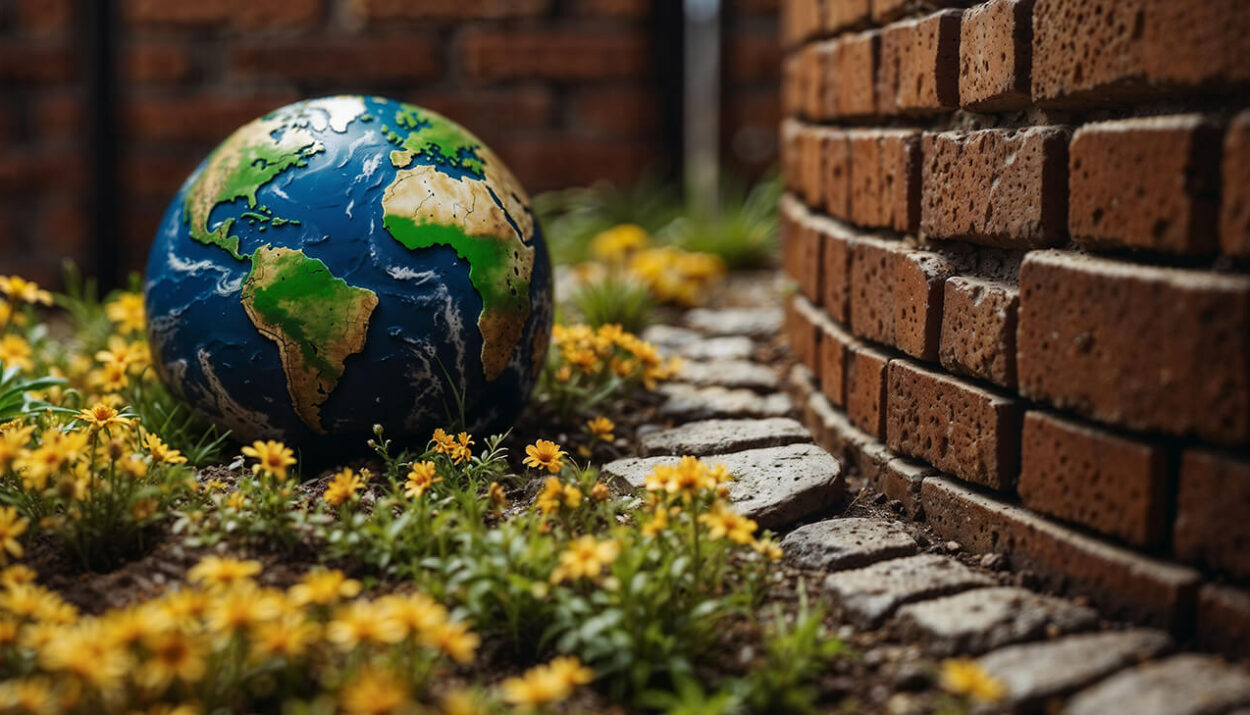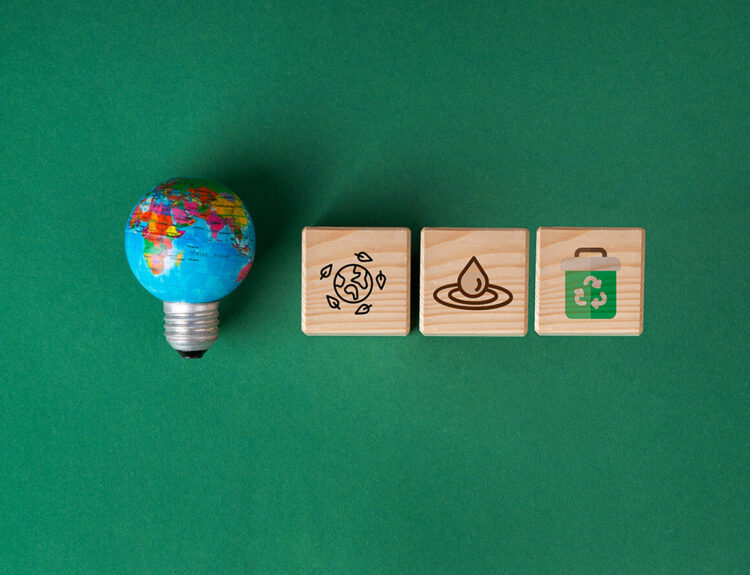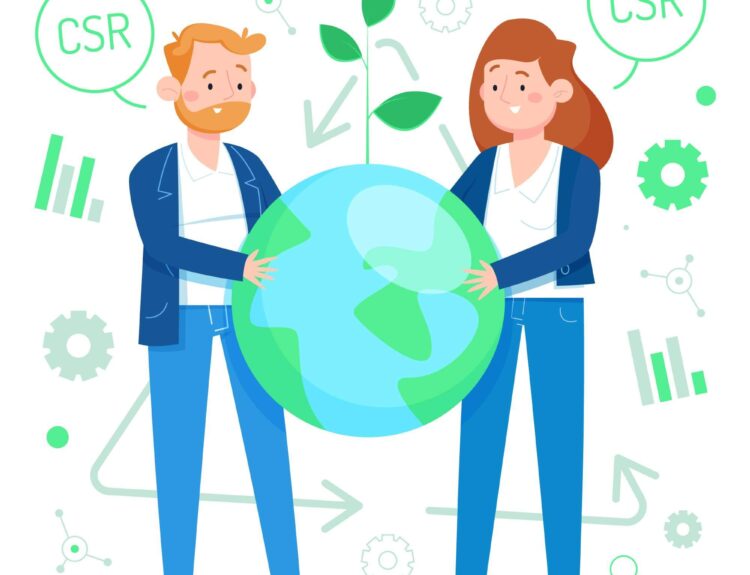In 2015, the United Nations (UN) launched the Sustainable Development Goals (SDGs) to ensure sustainable development worldwide. These goals aim to end poverty, protect the planet, and ensure peace and prosperity for all people by 2030. This article will explore the overall framework of the SDGs, the details of each goal, and the progress made globally in achieving these goals.
No Poverty
SDG 1 aims to end extreme poverty. By 2030, the goal is to reduce the number of people living on less than $1.90 a day to zero. Developing countries, where poverty rates are highest, require strengthened social protection programs, economic growth, and financial support for the poor to achieve this goal.
Zero Hunger
SDG 2 seeks to end hunger and ensure food security. Developments in the agricultural sector play a crucial role in combating hunger. This goal includes increasing agricultural productivity, supporting small-scale farmers, and ensuring sustainable agricultural production systems to ensure everyone has access to sufficient and nutritious food by 2030.
Good Health and Well-being
SDG 3 aims to ensure healthy lives and promote well-being for all ages. Access to healthcare services, maternal and child health, combating infectious diseases, strengthening health systems, and promoting healthy lifestyles are all part of this goal.
Quality Education
SDG 4 seeks to ensure inclusive and equitable quality education for all. Access to education, reducing inequalities, and eliminating gender discrimination are the cornerstones of this goal. Additionally, increasing opportunities for technical and vocational education, improving education quality, and ensuring equal opportunities are essential components of this goal.
Gender Equality
SDG 5 aims to achieve gender equality and empower all women and girls. Empowering women and girls and achieving gender equality are seen as the keys to sustainable development. This goal includes combating gender-based violence, increasing women’s participation in political and economic life, and ensuring equal opportunities.
Clean Water and Sanitation
SDG 6 aims to ensure availability and sustainable management of water and sanitation for all. Water resource management, water conservation, and combating water scarcity are critical components of this goal. By 2030, the goal is to ensure universal access to water and sanitation services through increased infrastructure investments and sustainable water resource management.
Affordable and Clean Energy
SDG 7 aims to ensure access to affordable, reliable, sustainable, and modern energy for all. The use of renewable energy sources, increased energy efficiency, and reducing dependence on fossil fuels are central to this goal. Improving access to energy in developing countries and promoting renewable energy sources are of great importance.
Decent Work and Economic Growth
SDG 8 aims to promote sustained, inclusive, and sustainable economic growth, full and productive employment, and decent work for all. Reducing unemployment rates, accelerating economic growth, and ensuring fair working conditions are the foundations of this goal. By 2030, the goal is to increase labor force participation rates and achieve sustainable economic development.
Industry, Innovation, and Infrastructure
SDG 9 aims to build resilient infrastructure, promote inclusive and sustainable industrialization, and foster innovation. Infrastructure investments, modernization of industry, and the use of innovative technologies are the focus of this goal. Supporting industrialization efforts in developing countries and achieving sustainable development through innovative solutions is of great importance.
Reduced Inequalities
SDG 10 aims to reduce inequality within and among countries. Income inequality, opportunity inequality, and combating social discrimination are the core components of this goal. The goal is to create a world where all individuals have equal opportunities by developing social policies and reducing inequalities.
Sustainable Cities and Communities
SDG 11 aims to make cities and human settlements inclusive, safe, resilient, and sustainable. Urban transformation, sustainable city planning, and the development of public transportation systems are fundamental to this goal. By 2030, the goal is to increase urban infrastructure investments for sustainable city development and strengthen social cohesion.
Responsible Consumption and Production
SDG 12 aims to ensure sustainable consumption and production patterns. Waste management, resource efficiency, and sustainable production processes are the focus of this goal. Changing consumption habits, increasing recycling rates, and ensuring the sustainable use of natural resources are critical to achieving this goal.
Climate Action
SDG 13 aims to take urgent action to combat climate change and its impacts. Reducing carbon emissions, climate adaptation, and international cooperation in combating climate change are central components of this goal. By 2030, the goal is to take more effective steps in combating climate change and limiting global temperature rise.
Life Below Water
SDG 14 aims to conserve and sustainably use the oceans, seas, and marine resources. Reducing marine pollution, protecting marine biodiversity, and ensuring sustainable fishing are the core components of this goal. Global cooperation and the development of national strategies are crucial to preserving ocean health and ensuring the sustainability of marine life.
Life on Land
SDG 15 aims to protect, restore, and promote sustainable use of terrestrial ecosystems, manage forests sustainably, combat desertification, and halt and reverse land degradation and biodiversity loss. Preventing deforestation, halting land degradation, and protecting biodiversity are the core components of this goal. By 2030, the goal is to implement more effective policies to protect terrestrial ecosystems and maintain biological diversity.
Peace, Justice, and Strong Institutions
SDG 16 aims to promote peaceful and inclusive societies, provide access to justice for all, and build effective, accountable, and inclusive institutions. Good governance, combating corruption, upholding the rule of law, and protecting human rights are the cornerstones of this goal. This goal is critical to ensuring sustainable development.
Partnerships for the Goals
SDG 17 aims to strengthen global partnerships and improve the means of implementation to achieve the Sustainable Development Goals. International cooperation, mobilization of financial resources, technology transfer, and capacity building are the focus of this goal. By 2030, the goal is to establish strong partnerships between governments, the private sector, and civil society to achieve the SDGs.
The Sustainable Development Goals outline the necessary steps for achieving sustainable development across a wide range of areas, from poverty to gender equality, environmental protection to peace and justice. Achieving these goals by 2030 requires the collective efforts of all nations and individuals. While progress under the leadership of the UN is promising, much work remains to be done. Achieving these goals is critical to leaving a better world for future generations.
This text provides a comprehensive overview of the UN’s Sustainable Development Goals, detailing each goal and the global progress made towards achieving them.





